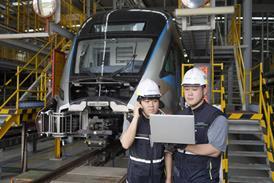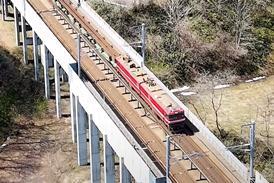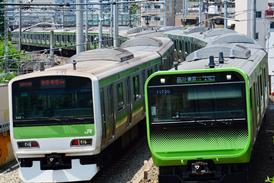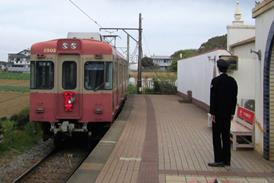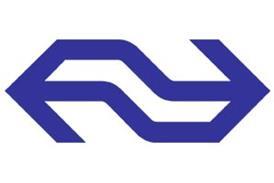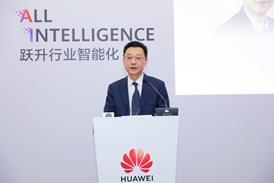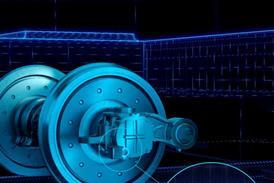Close menu
- Home
-
News
- Back to parent navigation item
- News
- Traction and rolling stock
- Passenger
- High speed
- Freight
- Infrastructure
- Policy
- Technology
- Ticketing
- Business
- Research, training and skills
- Accessibility and inclusion
- People
- Urban rail news
- Suburban and commuter rail
- Metro
- Light rail and tram
- Monorail and peoplemover
- Regions
- InnoTrans
- In depth
- Events
- Data
- Maps
- Tenders & Jobs
- Sponsored content
- Insights
Replaceable units keep GE locos rolling
By Railway Gazette International1997-08-01T10:00:00
INTRO: Computer diagnostics and the ability to replace electronic assemblies translates directly into higher asset utilisation, bringing major financial benefits
Already have an account? LOG IN
To continue…
You’ve reached your limit of content for the month

